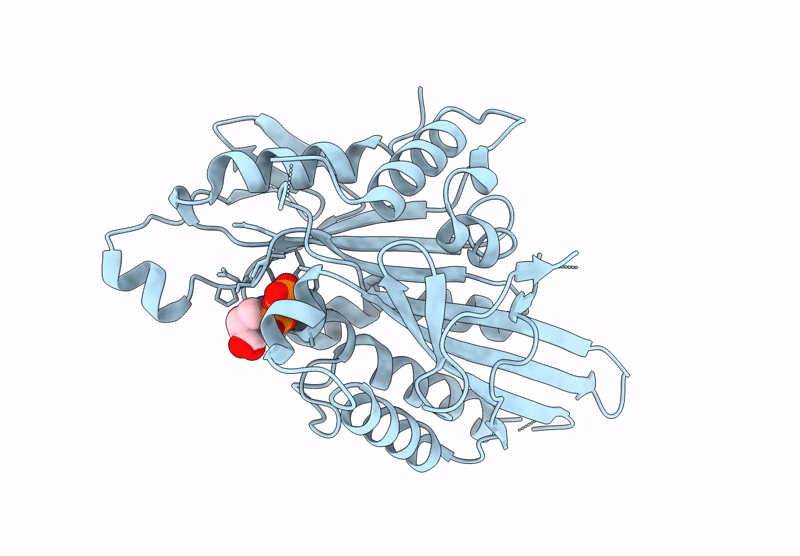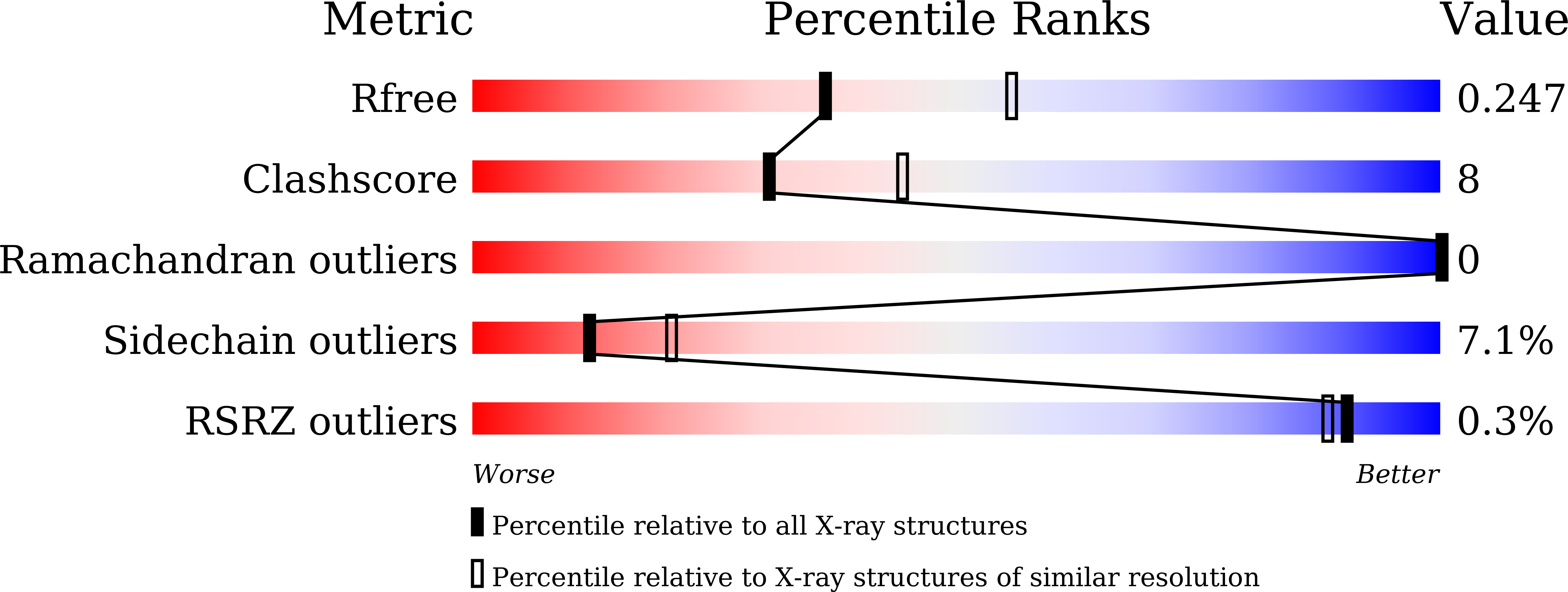
Deposition Date
2024-12-26
Release Date
2025-04-23
Last Version Date
2025-05-21
Entry Detail
PDB ID:
9L7E
Keywords:
Title:
Crystal structure of human kinesin-1 motor domain (G234A mutant) in complex with ADP
Biological Source:
Source Organism:
Homo sapiens (Taxon ID: 9606)
Host Organism:
Method Details:
Experimental Method:
Resolution:
2.40 Å
R-Value Free:
0.25
R-Value Work:
0.19
R-Value Observed:
0.19
Space Group:
P 1 21 1


